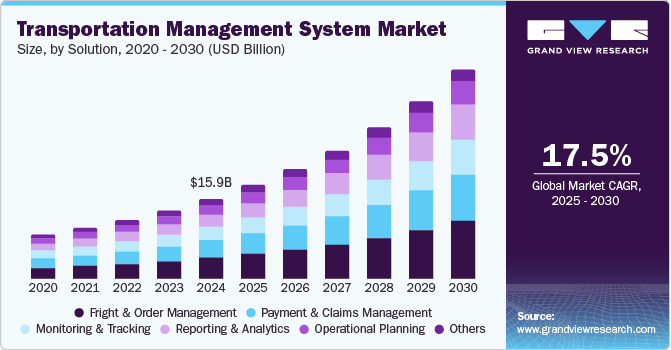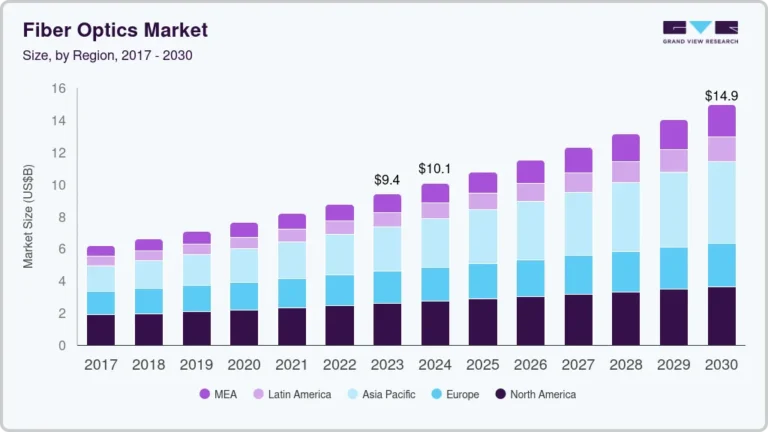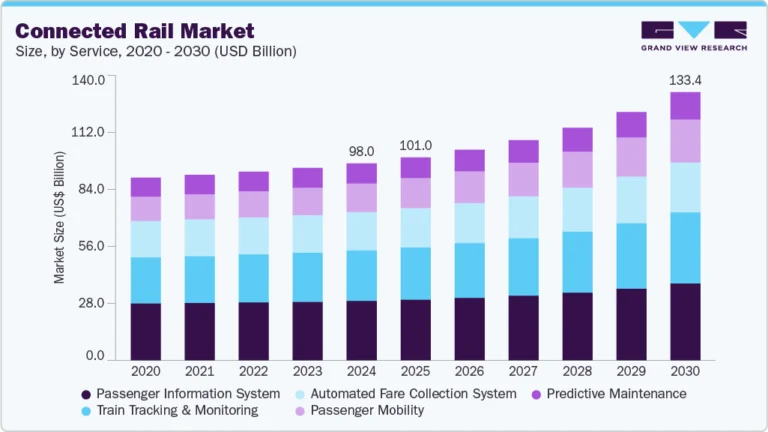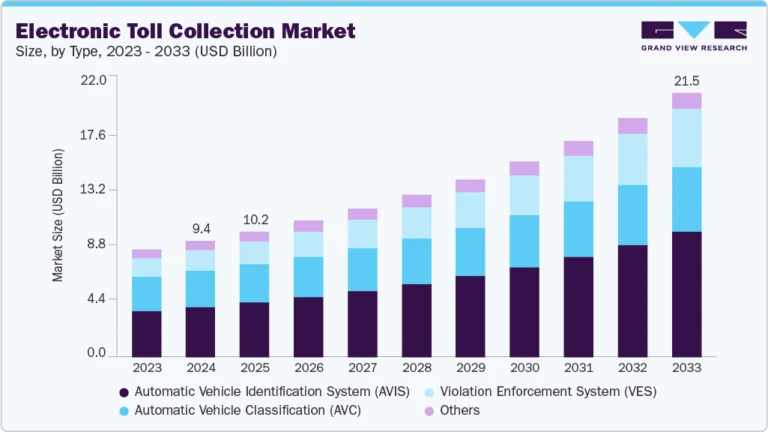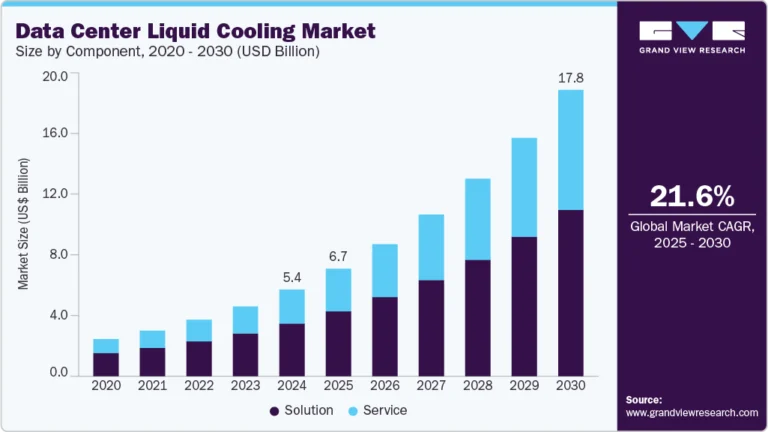High-speed Data Converter Market Size, Share & Trends Analysis grow at a CAGR of 8.1% from 2024 to 2030
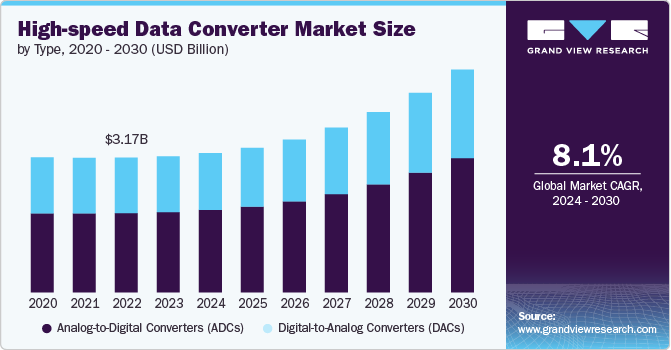
The global high-speed data converter market size was valued at USD 3.20 billion in 2023 and is anticipated to grow at a CAGR of 8.1% from 2024 to 2030. The global market is experiencing robust growth, driven by the escalating demand for rapid data processing and superior signal integrity across various sectors, including telecommunications, consumer electronics, automotive, and industrial automation. Technological advancements such as 5G networks, the proliferation of the Internet of Things (IoT), and the increasing complexity of electronic systems are fueling the need for high-performance data conversion solutions. These solutions are crucial for ensuring accurate analog-to-digital (A/D) and digital-to-analog (D/A) transformations.
Request a free sample copy or view report summary: https://www.grandviewresearch.com/industry-analysis/high-speed-data-converter-market-report/request/rs1
The deployment of 5G networks necessitates high-speed data converters capable of handling the increased data throughput and improved signal fidelity required for advanced telecommunications infrastructure. High-speed data converters are essential for managing the rapid conversion of signals, ensuring optimal performance and reliability in 5G systems. The expansion of smart devices, including smartphones, wearables, and smart home devices, significantly drives the market. These devices integrate sensors and communication modules that demand efficient and high-speed data conversion to process analog signals from sensors into digital data swiftly and accurately. For instance, high-resolution imaging sensors in smartphones and cameras rely on high-speed data converters to ensure precise image signal processing, thereby enhancing photo quality and video resolution.
In the realm of audio, high-speed data converters are vital for achieving high-fidelity sound by converting analog audio signals into digital format without compromising quality. This is crucial for applications ranging from streaming services to high-end audio equipment, where clear and accurate sound reproduction is paramount. The industrial automation sector is a significant contributor to the demand for high-speed data converters. These converters play a critical role in translating analog signals from sensors and actuators into digital data for processing by control systems. This capability is essential for real-time monitoring and automation, supporting advanced technologies such as robotics, predictive maintenance, and smart manufacturing.
As industries embrace Industry 4.0 and integrate IoT devices, the need for high-speed data converters that can handle complex data streams and enhance operational efficiency continues to rise. For instance, In November 2023, Renesas Electronics Corporation, a Japanese semiconductor manufacturer, expanded its 32-bit microcontroller (MCU) lineup by introducing the RX23E-B. This advanced 32-bit MCU is designed for high-end industrial sensor applications. It features a precise analog front end (AFE) that ensures accurate and fast analog signal measurements, meeting the needs of systems with performance requirements.
Type Insights
The analog-to-digital converters (ADCs) segment accounted for the largest market share of 59.0% in 2023 due to the increasing demand for high-resolution and high-speed data conversion in consumer electronics. As devices such as smartphones, digital cameras, and wearable technology continue to evolve, there is a growing need for ADCs that can convert analog signals into digital data with greater precision and speed. For instance, in July 2024, Microchip Technology Inc. U.S.-based manufacturer of microcontroller, mixed-signal, analog integrated circuits, unveiled a new addition to its dsPIC range of digital signal controllers: the dsPIC33A. This new line features a 32-bit CPU that can operate at speeds of up to 200MHz, coupled with an integrated floating-point unit (FPU) that supports both single- and double-precision. The controller includes ECC-protected RAM and flash memory, along with various peripherals such as a 12-bit analog-to-digital converter (ADC) capable of 40 mega-samples per second (MSps).
The digital-to-analog converters (DACs) segment is anticipated to grow at a significant CAGR over the forecast period. The telecommunications sector’s evolution, driven by the rollout of 5G networks and the expansion of data centers, has increased the need for high-speed data processing. DACs are crucial for converting digital signals into analog ones that can be transmitted over various communication channels. As data traffic continues to grow, the demand for efficient and high-speed DACs will increase.

